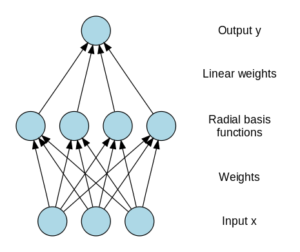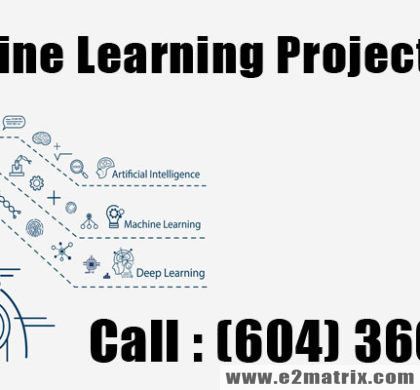Semi-Supervised Learning Models

Semi-Supervised is a category of the Machine Learning approaches and create to control of labeled or unlabeled data for instructions, typically small number of labeled data within a long number of unlabeled data. Semi-Supervised learning fall between unsupervised and supervised knowledge. This approach can be used for traffic identification or classification. This capability suggests traffic classification methods. It depends on single precede information to order of network traffic. In this present an adaptable precise frame that leverages both labeled and unlabeled proceeds. This technique study a system traffic classifier is single evidence present of these techniques. There are a number of benefits of these Semi-Supervised Learning methods.
1) Averaged One-Dependence Estimator (AODE)
Averaged One-Dependence Estimators (AODE) does not perform model selection and does not use tunable constraint. As a consequence, it has low inconsistency. It supports incremental knowledge whereby the classifier can be efficient professionally by means of in order starting original instance as they turn into obtainable. It calculates a group of student’s prospect somewhat than just predicting a particular category, permit the consumer to decide the assurance with which every categorization can be complete. Its probabilistic representation can straight switch condition anywhere a number of information is absent.
Features of the AODE classifier
- It supports incremental learning whereby the classifier can be updated efficiently with information from new examples as they become available.
- It predicts class probabilities rather than simply predicting a single class, allowing the user to determine the confidence with which each classification can be made. Its probabilistic model can directly handle situations where some data are missing.
- AODE has computational complexity at training time and at classification time, where n is the number of features, l is the number of training examples and k is the number of classes.
- This makes it infeasible for application to high-dimensional data.
2)Radial Basis Function (RBF network)
Inside the area of the statistical model, a Radial Basis Function (RBF) Network is a simulated neural system that utilizes on the RBF as activation purpose. The production of the system is a linear mixture of these functions of the data and neuron framework.
 Figure: Architecture of RBF Network
Figure: Architecture of RBF Network
In the architectures of RBF Network, an input vector x is used as a key to all radial basis function, each with singular parameters. The output of the network is a linear combination of the outputs from radial basis functions. The production of the system is a linear mixture of these functions of the data and neuron framework.



